Andrew Mallison on the availability, sustainability and importance of fishmeal and fish oil
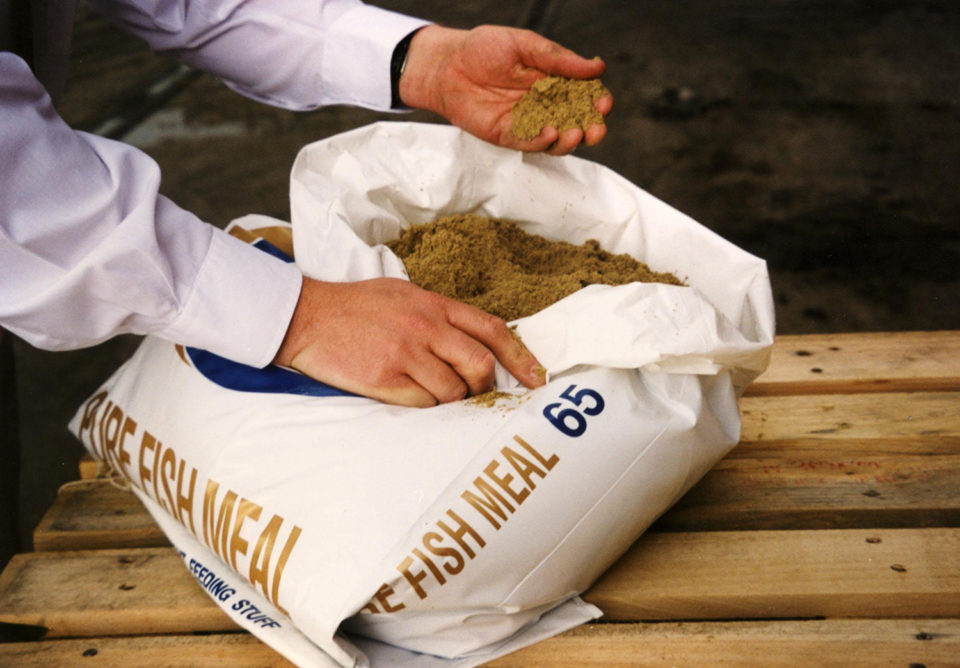
Editor’s note: The following is a summary of a presentation given at the World Aquaculture Society Annual Conference in Cape Town, South Africa, on June 28, 2017.
Fishmeal has been attracting a lot of attention recently with a steady stream of trade media coverage labelling it as no longer sustainable or having very limited availability. The driving force behind much of the coverage comes from the alternative feed ingredient suppliers who are seeking to position their novel products in a more favorable position than marine ingredients.
Fortunately, both claims of sustainability and availability are inaccurate and untrue and, given the need for additional feed ingredients, it is surprising the debate is about substitution rather than supplementation. Supplementation is the reality in the aquafeed industry, as optimal contributions from the nutritional benefits of these materials continue to be sought. They remain the foundation of aquafeeds.
Production and supply
For those of you who are unfamiliar with fishmeal, here is some background on the manufacturing process. Whole fish or, increasingly, a large percentage of trimmings from fish processing, is converted into protein or fishmeal, fish oil and water vapor, in a very efficient process. Some of the biggest fisheries in the world are not suitable for, or have no human consumption market but can be converted into protein and oil for further use. The quantities are significant and although 2016 was a bad year for production due to environmental changes associated with the South America El Niño, there are still typically between 4.5 and 5 million metric tons (MT) of fishmeal and between 800,000 and 1 million MT of fish oil produced every year.
With the end of the El Niño event and a return to normal water temperatures, we are expecting 2017 to be a more typical year at around 5 million MT of fishmeal and just under 1 million MT of fish oil produced.
The percentage of this total coming from fish byproducts, or pieces left over from fish processing, is increasing every year. We estimate around 33 percent of the total raw material utilized to produce fishmeal now comes from byproducts and the FAO forecast by 2025 that this will increase towards 40 percent, providing an important recycling opportunity and reducing waste of valuable fish protein.
However, whole fish remains a very important source of raw material and the industry has been investing in exploring the ecosystem links between some of the small species used and larger commercially valuable fish species predators and other dependent organisms. Responsible approaches to harvesting have allowed more than 40 percent of global production to be certified to an independent scheme demonstrating environmentally friendly, safe and traceable production.
While there are many fisheries for marine ingredients that have been assessed as being well-managed, concerns have been raised in the past about the ecosystem dependencies between some of these small fish, larger fish species, marine mammals and other predators. Professor Ray Hilborn leads a team of fishery scientists at the University of Washington to show that some of the fears concerning dependency of other species on the small fish species are less severe than were originally thought. It is vitally important to the marine ingredients industry that these natural resources are carefully managed and their role in the ecosystem is respected.
Another criticism that has been raised is the ethical question that fish are being taken away from local markets to be converted into feed for animals. A look at the largest fishery in the world, the Peruvian anchoveta, shows that there is limited demand from human consumption markets for these small, bony fish that are often strongly flavored and highly perishable.
Despite many years of investment and promotion by the Peruvian government, only about 1 percent of the catch is sold directly to local markets for human consumption. Many of the companies processing anchoveta for animal feed also sell other species for direct human consumption. As returns are usually higher for direct sale than reduction to animal feed ingredients, this would indicate there is no market available for these small fish. However, by converting them into high-quality protein and oil, their role in providing the foundation for modern fed aquaculture has provided huge value and the potential in future for greater global food security.
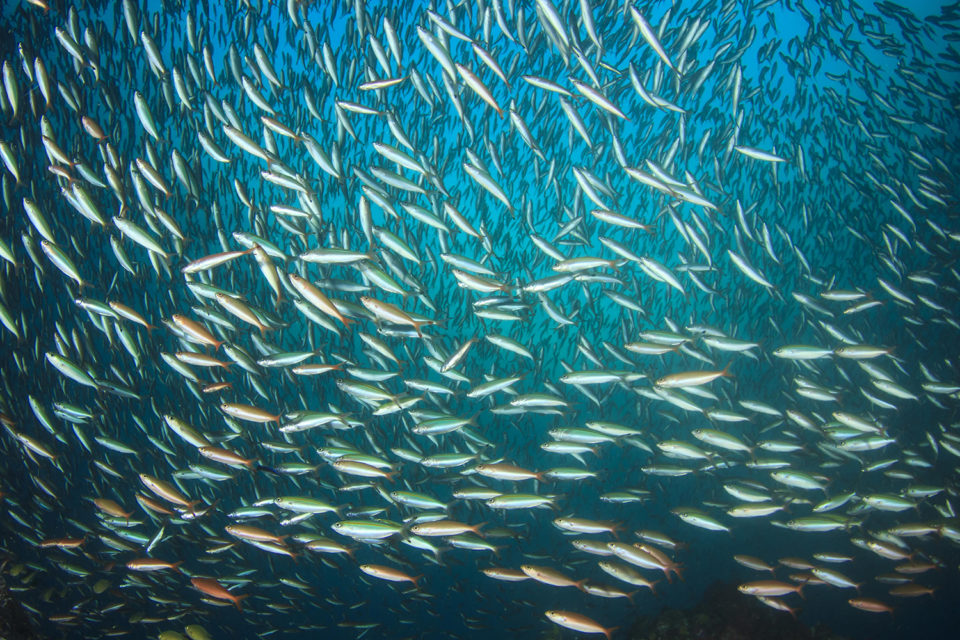
Demand
Seventy percent of the fishmeal produced is now going to the aquaculture feed industry, although swine and chickens are still users during their early life stages. Weaning swine are heavily dependent on easy-to-digest fishmeal until their gut has matured sufficiently to digest other proteins, and fishmeal provides physiological benefits that are realized in both growth and immune system function.
Within aquaculture, around 30 percent of the fishmeal used is in the shrimp industry, with the highest inclusion rate feed of any farmed species, followed by salmonids. Although inclusion rates in feeds for farmed salmon have fallen to a typical level of around 10 percent of the feed formulation in grower diets, it is still a vital part of the formula to protect gut health and growth rate, and especially in feeds for juvenile fish in the hatchery.
For the continued success of aquaculture, when talking about marine ingredients and their alternatives, we should be saying ‘As well as, not instead of.’
Fish oil has two markets, one for direct human consumption through omega-3 capsules and supplements and another in aquaculture feeds. Aquaculture is taking around 73 percent of the available supply with direct consumption taking around 21 percent. Within aquaculture, the majority is used in salmonid diets, at around 58 percent of the total supply.
Aquaculture continues to grow and in turn is drawing in increasing volumes of manufactured feed. However, the supply of marine ingredients is static, necessitating a reduction in inclusion rates from marine sources and the supplementing of marine ingredients with other proteins and oils, typically from a terrestrial origin. In 2020, research (Source: Fry, J.P. et al., 2016. Environmental health impacts of feeding crops to farmed fish. Environment International, 91, pp.201–214) indicates that total aquaculture feed will be around 65 million MT using approximately 7 percent inclusion from fishmeal and fish oil, but this reduction in inclusion rate is driven by price and not by sustainability concerns.
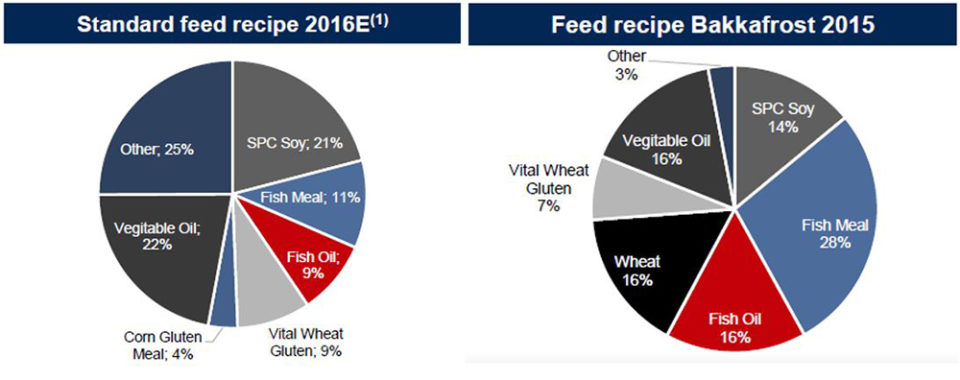
Fishmeal remains the most nutritious source of protein for aquaculture diets with a wide range of essential amino acids and a high digestibility. Fish oil is still the only commercially available source of long chain omega-3 fatty acids for aquaculture diets. Research is increasingly demonstrating the importance of good nutrition, particularly at early life stages, to optimize animals’ health and growth rates. Palatability is another important factor, as replacing fishmeal with other protein sources can diminish the attraction to the feed. With the shift in formulation towards terrestrial ingredients to supplement marine protein and oil sources, other concerns have arisen, including the use of freshwater, soil erosion, fertilizer and pesticide use. With an already crowded planet, it makes little sense to put more pressure on terrestrial resources when so much of our planet is covered in water.
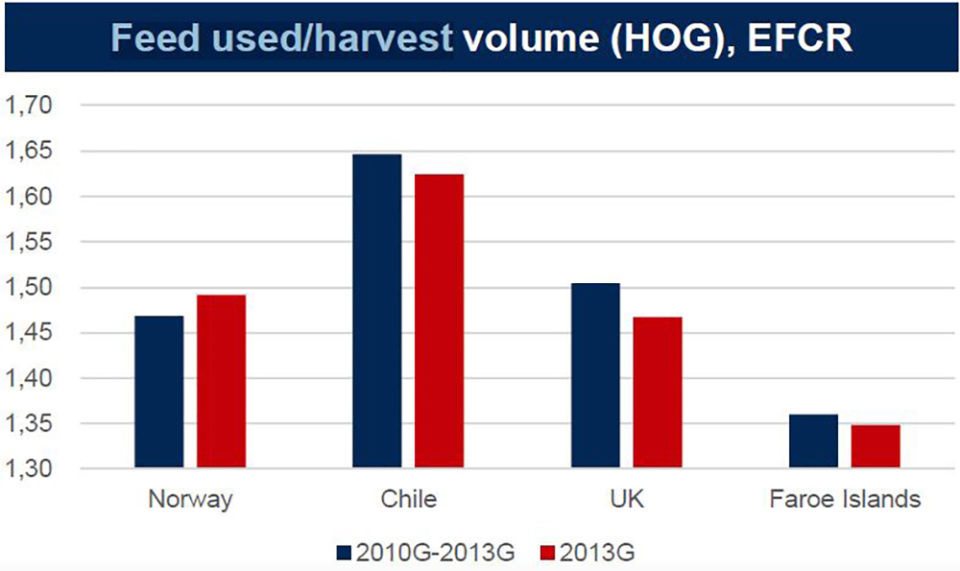
A recent case study (Bakkafrost data available here) in salmon farming in the Faroe Islands, which have good access to marine ingredients for feed, showed improved harvest yields and reduced mortality for feeds with high inclusion rates for marine ingredients. Such case studies show that where it may be possible to increase the marine ingredient inclusion rates in aquafeeds, there are potential benefits from doing so.
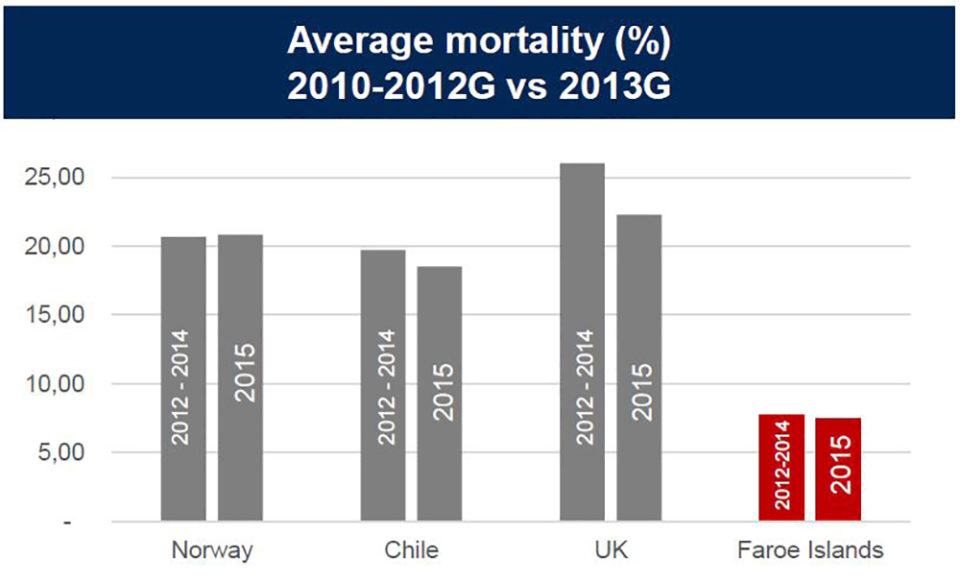
Conclusion
Aquaculture is growing, as is the need for feed raw materials. Alternative ingredients are needed but marine sources of protein and oil remain in many ways the best and most digestible options – supply is available and concerns about sustainability and ethics are unfounded. For the continued success of aquaculture, when talking about marine ingredients and their alternatives, we should be saying “As well as, not instead of.”
Author
-

Andrew Mallison
Director General
IFFO – The Marine Ingredients Organisation
London, United Kingdom[116,101,110,46,111,102,102,105,64,110,111,115,105,108,108,97,109,97]
Tagged With
Related Posts

Aquafeeds
Aquaculture Exchange: Andrew Jackson, IFFO
Aquaculture remains dependent on fishmeal and fish oil, crucial marine ingredients in aquafeeds, particularly at key life stages. Andrew Jackson, technical director at IFFO and one of the world’s foremost fishmeal experts, tells the Advocate that the two industries can coexist well into the future if properly managed.
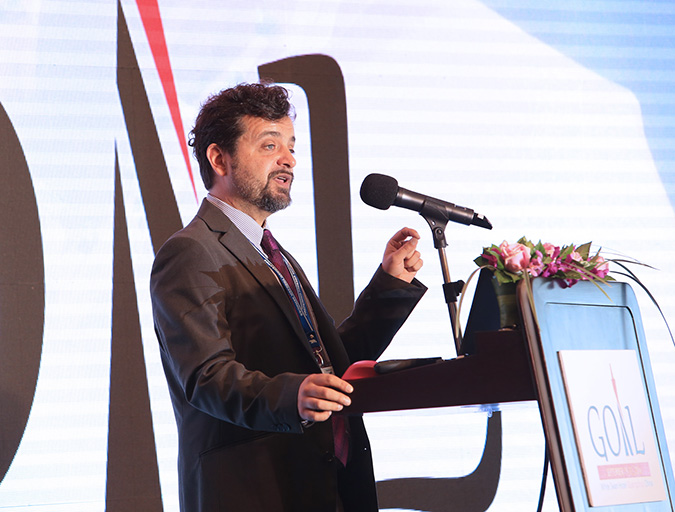
Aquafeeds
Aquaculture Exchange: Giovanni Turchini, Deakin University, part 1
One of the world’s leading fish nutrition experts talks about how aquaculture can learn to survive, and even thrive without depending on fishmeal and fish oil. It’ll take a lot of innovation, but Giovanni Turchini is confident that the industry is on the right path.

Aquafeeds
GOAL video: Breaking aquaculture’s dependence on fishmeal, fish oil
Giovanni Turchini, associate professor at Deakin University (Australia) spoke at the GOAL 2016 conference in Guangzhou, China, and gave a comprehensive historical look at global fishmeal usage.
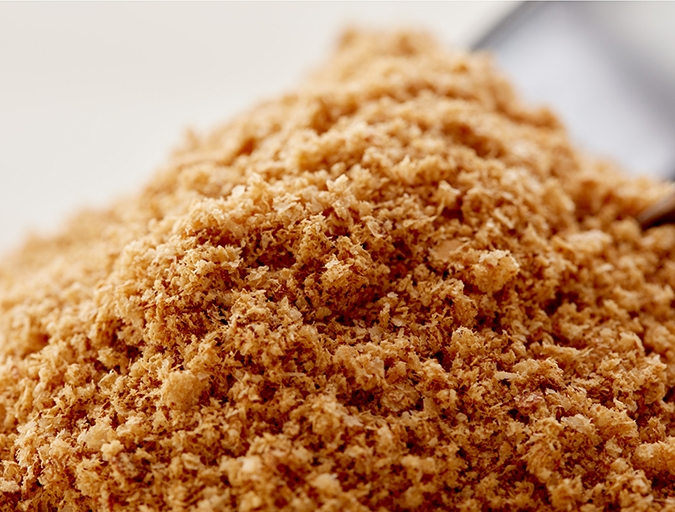
Aquafeeds
Bridging the omega-3 gap with methane, microalgae
Innovation is leading to new ingredient options for renewable sources of omega-3 fatty acids. But Replicating long chain fatty acids is a tall order, Advocate contributor Lisa Duchene discovered.

